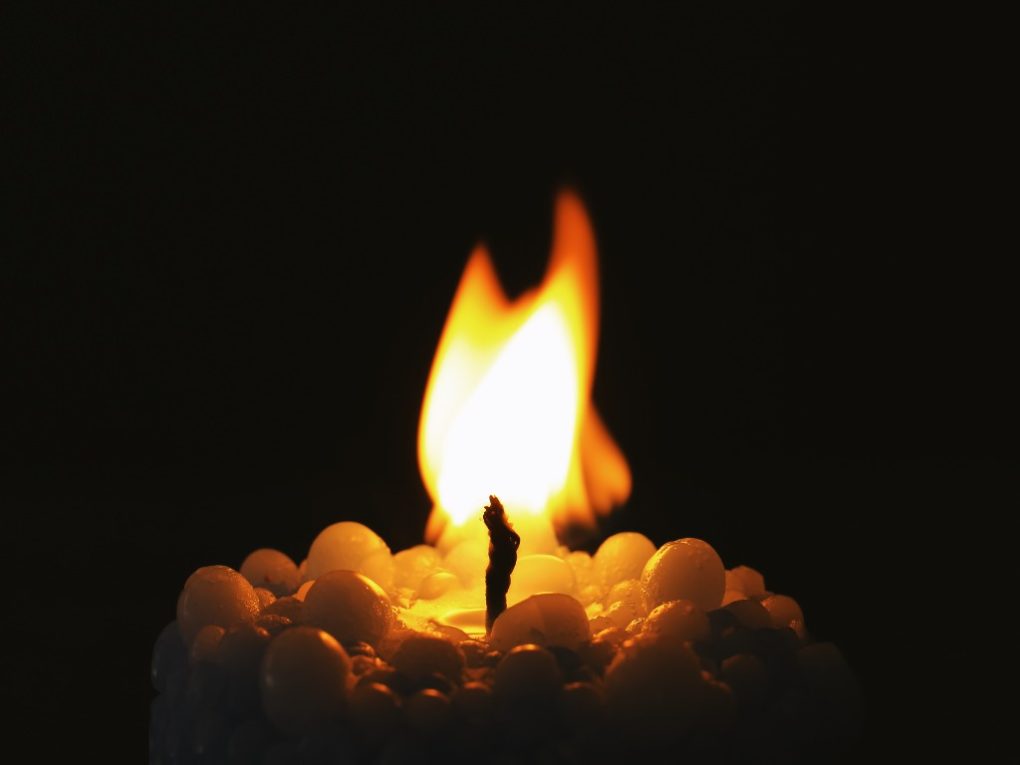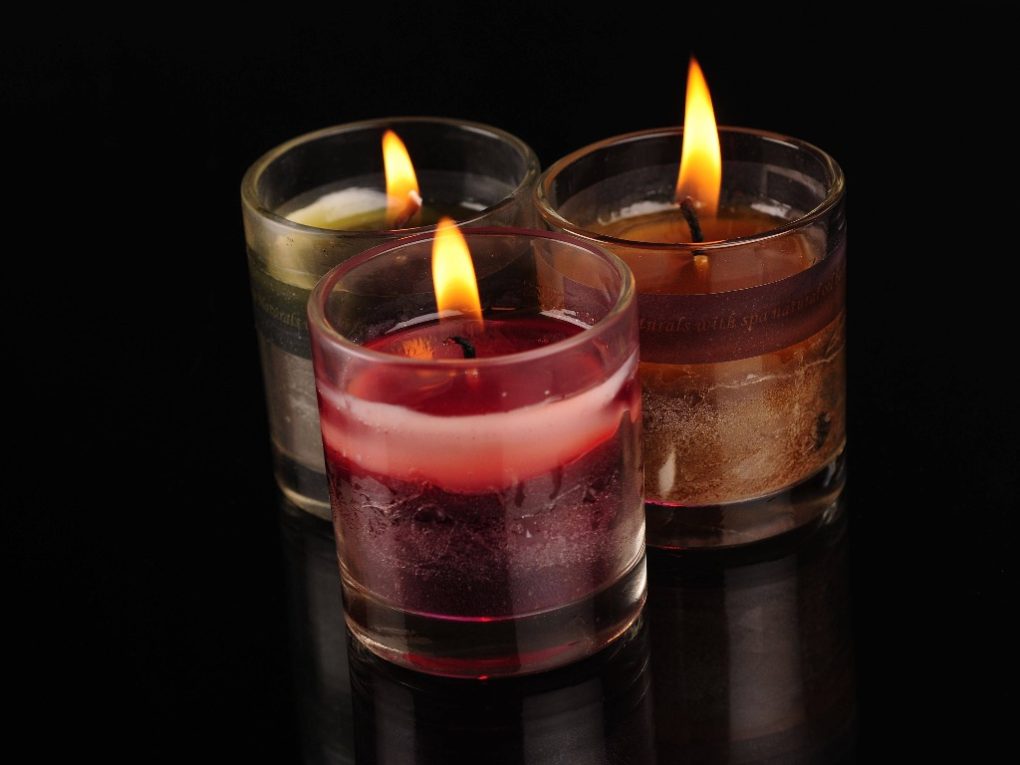Where Does Candle Wax Go: Understanding the Science Behind Its Disappearance
When a candle is burned, the flame consumes the wax and turns it into heat, light, and combustion byproducts. As the wax near the wick melts and is drawn up into the wick by capillary action, it is vaporized by the flame’s heat and combines with oxygen in the air to create carbon dioxide, water vapor, and other combustion byproducts.


The combustion byproducts and water vapor are released into the air as the candle burns. The carbon dioxide released while burning a candle is a greenhouse gas contributing to climate change. The water vapor and other combustion byproducts can also contribute to indoor air pollution if the room is poorly ventilated.
Any remaining wax that is not vaporized by the flame will be left behind in the form of wax drips, which can collect on the candle holder or other surfaces. The wax can be removed with a scraper or paper towel, melted with heat, and wiped away. Alternatively, the wax can be solidified and reused in a new candle or another project. Some candle makers also recycle leftover wax by melting it and using it to make new candles.
Stages of Candle Burning
Burning a candle can be divided into three stages: the ignition stage, the flame stage, and the extinction stage.
- Ignition Stage: This is when the wick is first lit, and the wax melts. The flame’s heat vaporizes the liquid wax and draws it up the wick.
- Flame Stage: During this stage, the flame burns steadily, and the wax continues to be drawn up the wick. The flame’s heat causes the wax to break down into hydrogen and carbon molecules, which react with oxygen to create heat, light, water vapor, and carbon dioxide.
- Extinction Stage: The wax near the wick is used up, and the flame begins to weaken. The flame may flicker or sputter before it finally goes out. At this point, the candle has burned to the bottom of the wick and can no longer be used.


Understanding the chemistry and stages of candle burning can help you appreciate the art and science of candle making. Whether you prefer scented candles for relaxation or use candles for decoration, knowing how they work can enhance your enjoyment of these versatile and beautiful objects.
Importance of Proper Candle Care
Safety
Based on experience, candle safety is important to prevent fires, burns, and other accidents. Keep candles at least 12 inches away from materials that can catch fire, such as curtains, bedding, or furniture. Use candle holders that are sturdy and won’t tip over easily. Ensure the holder is large enough to catch dripping wax and is made of non-flammable material.
Always keep an eye on burning candles and never leave them unattended. Extinguish candles before leaving the room or going to bed. Keep burning candles out of reach of children and pets to prevent accidental burns or fires. Trim candle wicks to ¼ inch before lighting to prevent the flame from becoming too large and to ensure an even burn.
Stop burning a candle when about ½ inch of wax is left in the bottom of the holder. Burning a candle to the bottom can cause the holder to overheat and crack. Use a candle snuffer or lid to extinguish candles, and wait until the wax has hardened before moving the candle.
Longevity
Proper candle care is important for the longevity of your candles. Before lighting your candle, trim the wick to ¼ inch to prevent the flame from becoming too large and to ensure an even burn. A longer wick can cause the candle to burn too quickly and unevenly, shortening its lifespan.
For the first burn, allow the candle to burn long enough for the wax to melt across the entire surface of the candle, which will prevent tunneling. Subsequent burns should be at most 4 hours to prevent overheating and ensure even burning. To prevent the flame from flickering and smoking, keep the wax pool free of debris, such as wick trimmings, matches, or other objects. This can cause the candle to burn faster and shorten its lifespan.


Use a candle snuffer or lid to extinguish the candle, prevent hot wax from splattering, and ensure an even burn. This can help prevent the wick from becoming too short and prolong the candle’s lifespan. According to Candle Kiosk, store candles in a cool, dry place away from direct sunlight and heat sources to prevent melting, warping, or fading. This can help maintain the scent and color of the candle and extend its lifespan.
Environmental Impact of Candle Wax
Biodegradability of Candle Wax
Candle wax is not biodegradable and can take hundreds of years to decompose. When it is disposed of improperly, it can contribute to environmental pollution. For example, if it is thrown in the trash and ends up in a landfill, it can release harmful chemicals into the soil and water.
Sustainable Candle Wax Alternatives
There are several sustainable alternatives to traditional candle wax. One option is to use candles made from beeswax, a renewable resource. Another option is to use candles made from soy wax, a renewable resource with a lower environmental impact than paraffin wax. Additionally, some companies are experimenting with using other natural materials, such as coconut or palm wax, in their candles.
